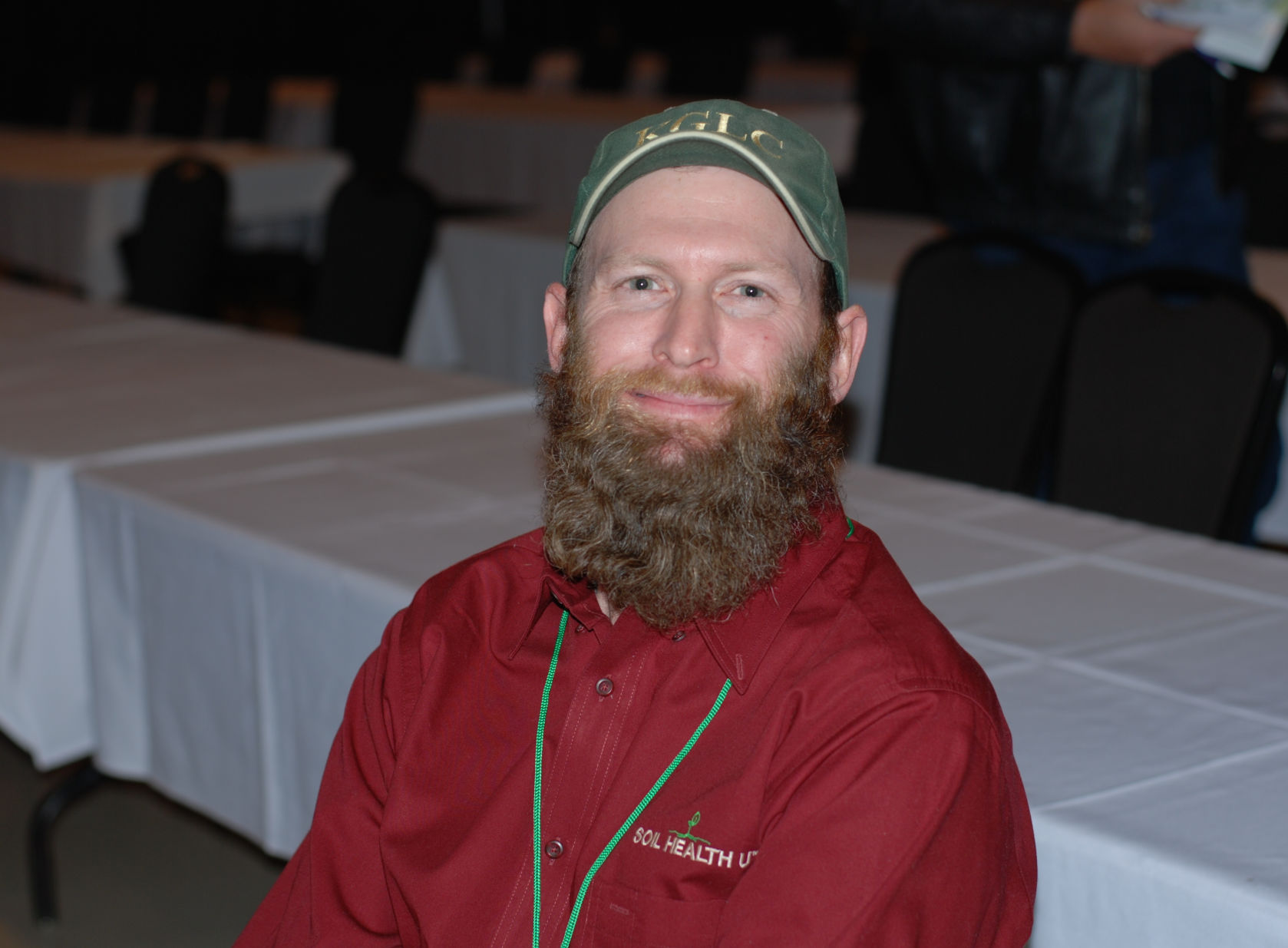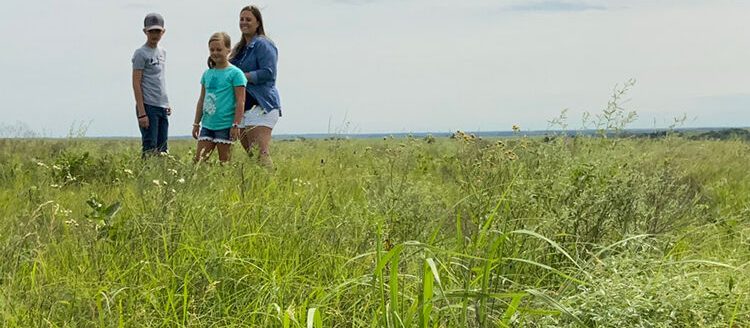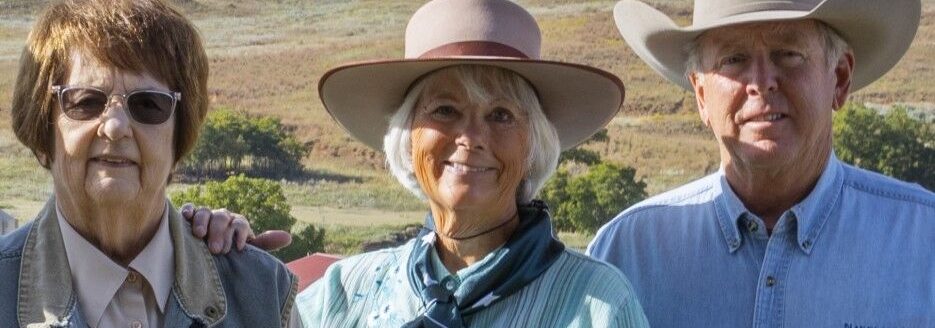Brian Alexander hates cedar trees.
In the Gyp Hills of southern Kansas, the invasive trees have encroached the land by the thousands. And for the past 35 years, the Alexander family has waged a war on the prolific plant.
The good news on the battlefront—they are winning.
It hasn’t been easy, said Alexander, who spoke in a Soil Health U breakout session in Salina in January. When Alexander’s father, Ted, took over the family ranch in the early 1980s, he found 75 percent of it overtaken by eastern red cedar.
“My dad likes to describe it as an overgrazed underutilized cedar forest with no water,” his son said.
His dad bought a tree saw and over five years, began taking down what trees he could get to. In the late 1980s, Ted was one of the first Gyp Hills ranchers to incorporate burning into his management.
A good burn is the only way to control the prairie and keep it from reverting back to a forest, said Alexander, now the sixth generation on the land. Otherwise, the grasses and other prairie plants die out to make way for the water-sucking cedar. Also, cedars endanger the survival of ground-nesting birds like prairie chickens.
The 2016 the Anderson Creek Fire burned the entire 7,000-acre Alexander Ranch—spreading across 400,000 acres of the Gyp Hills prairie. But even in something so devastating, it did kill cedars—even the toughest ones growing in the hard-to-reach canyons.
The downside—the dead cedars take up grazing land and make a good perch for birds that will spread the invasive trees. Alexander bought mulching equipment, which allows him to take down a large, dead cedar to the ground in just a few minutes.
It’s not always easy to quantify what is happening below his boots, but he sees changes across his rangeland since his father started transforming it 30-some years ago. The overgrazed pastures are now a thick and healthy ecosystem. Cattle are grazing areas they couldn’t get to before cedar removal. Ponds that never held water are full.
Meanwhile, the family continues their holistic approach to grazing, moving cattle from paddock to paddock using a program called Pasture Map. The application allows Alexander to track cattle performance and where cattle have been grazing.
“Some days I’m moving the same group of cows twice,” he said.
His target is at least 60 days of growing season rest, “because my grass is my crop. I need to grow my grass so I can harvest the crop.”
Another sign of rejuvenation happened after a 2-inch rain last summer. His land was spawning mushrooms.
“It made me feel pretty good. When you have a healthy mycorrhizal fungi population in the soil, they will put up those toadstools.”
Amy Bickel can be reached at 620-860-9433 or [email protected].




